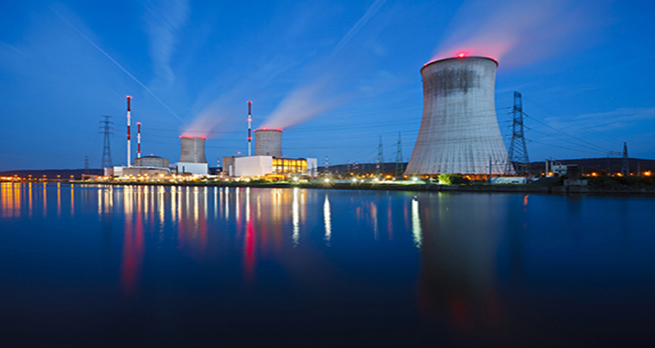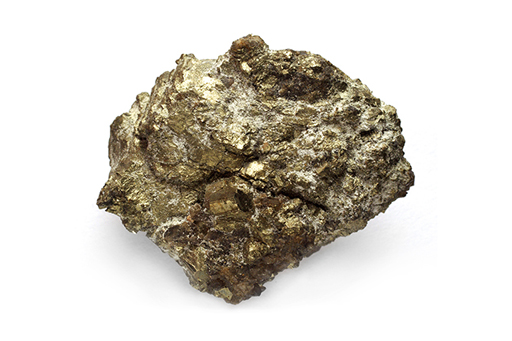1.3.1 Uranium
Since uranium is an element that you are going to learn more about, it is worth spending a little time now outlining its properties.
Uranium is a naturally occurring element found mainly in small quantities everywhere on Earth. Uranium has played a vital role in the evolution of the Earth. Its natural radioactivity is believed to have provided the heat source powering such processes as plate tectonics and the maintenance of the Earth’s molten core. It is likely that without the energy released by radioactive decay, the Earth would have cooled long ago causing it to have a Mars-like environment. Indeed, without uranium it is probable that there would be no life on Earth as the core would have cooled to a point where the Earth’s magnetic field would have collapsed, allowing the solar wind to strip away the atmosphere and the oceans.
Uranium is the main fuel used in nuclear reactors. Natural uranium has three isotopes: uranium-238, uranium-235 and uranium-234. All of the isotopes are radioactive and so are sometimes called radioisotopes or radionuclides. Uranium-238 forms about 99.3% of all natural uranium, with uranium-235 forming around 0.7% and uranium-234 just 0.0055%, so U-238 is by far the most common uranium isotope.
The properties of the U-235 were crucial to the development of nuclear energy and we are concerned with this particular isotope in this course.

